
The Truth Behind the Bermuda Triangle May Be Scarier Than UFOs

The Real Mystery of the Bermuda Triangle: Rogue Waves or Rogue Theories?
For over a century, the Bermuda Triangle has captivated the public imagination with stories of ships vanishing without a trace, aircraft mysteriously disappearing from the sky, and wild theories ranging from alien abductions to supernatural wormholes. This infamous patch of ocean—bounded roughly by Florida, Puerto Rico, and Bermuda—has inspired countless novels, documentaries, and even hit shows like Lost. But now, a prominent oceanographer claims to have cracked the mystery. And his explanation may be more terrifying than UFOs.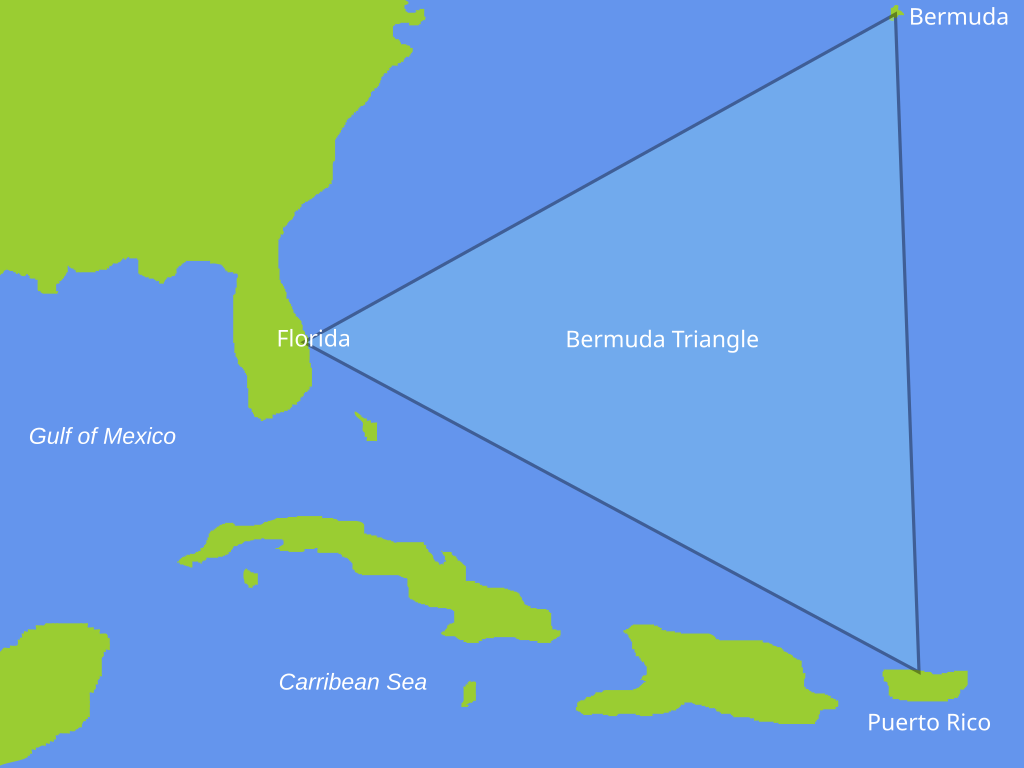
A Century of Vanishing Vessels
The legend of the Bermuda Triangle isn't built on whispers or campfire tales—it draws from real, documented disappearances over the past 100 years. These were not isolated incidents, but rather a pattern of losses involving well-equipped vessels and trained crews. One of the earliest and most famous cases occurred in March 1918, when the U.S. Navy collier USS Cyclops disappeared without a distress call while en route from Brazil to Baltimore. All 306 crew members were lost, and to this day, no trace of the ship has ever been conclusively found. The Navy’s records describe the incident as an unsolved mystery.
Then came the infamous Flight 19, on December 5, 1945. This squadron of five TBM Avenger torpedo bombers vanished during a routine training mission from NAS Fort Lauderdale. Radio contact was lost after the pilots reported navigation issues. Even more chilling: the search aircraft sent to find them, a PBM Mariner, also disappeared—with 13 more lives lost.
Commercial aviation was not spared. On December 28, 1948, a Douglas DC-3 en route from San Juan to Miami vanished shortly before landing, despite having made radio contact. Technical issues were noted before takeoff, but no definitive cause for the disappearance was ever determined.
By the 1960s, the sea continued to claim ships. In February 1963, the SS Marine Sulphur Queen, a converted T2 tanker, left Texas carrying molten sulfur and never returned. Thirty-nine crew members were lost, and the U.S. Coast Guard declared the incident unresolved.
Taken together, these events established the pattern that defines the Bermuda Triangle legend: routine voyages that end abruptly, communications that go silent, massive search efforts that yield little to nothing, and official investigations concluding with the haunting phrase: "cause undetermined."
Enter Dr. Simon Boxall: A Theory Rooted in Science
Dr. Simon Boxall, a senior oceanographer at the University of Southampton, proposes a solution that doesn’t involve aliens, lost civilizations, or underwater portals. Instead, his explanation is grounded in physics—and it’s arguably more terrifying.
Boxall has spent decades studying extreme ocean phenomena, particularly rogue waves—massive, unexpected swells that can form suddenly when multiple weather and wave systems converge. These waves are not myths; they are scientifically documented, and they pose real threats to vessels of all sizes. According to Boxall, “A rogue wave can sink even a large ship in just two or three minutes.”
To support his claims, Boxall participated in the Channel 5 documentary The Bermuda Triangle Enigma. His team built scale models of historical ships, including the USS Cyclops, and subjected them to simulated rogue wave conditions. The results were startling: the ships could indeed break apart almost instantly if struck by waves at just the right angle and intensity.
So why might the Bermuda Triangle be a hotspot for such deadly events?
Boxall explains that the region’s geography is particularly treacherous. It acts as a converging zone for storms coming from multiple directions. Add in the fast-moving Gulf Stream, which can rapidly alter wave patterns and surface currents, and you have an ideal environment for rogue waves to form—often without warning.
He’s careful not to suggest that rogue waves account for every incident in the Triangle. But they offer a scientifically valid explanation for many disappearances that were previously considered inexplicable.
What Are Rogue Waves, Really?
A rogue wave is defined as a wave whose height exceeds twice the significant wave height of the surrounding sea. In layman’s terms, it’s a towering wall of water that seems to come out of nowhere—often steep, chaotic, and extremely destructive.
These waves are created by several overlapping factors:
-
Constructive interference: Multiple wave trains intersect, briefly aligning to produce a single, massive wave.
-
Nonlinear effects: Known as the Benjamin–Feir instability, energy can concentrate in certain wave crests, making them rise higher than the surrounding sea.
-
Wave-current interaction: Fast-moving or opposing currents (like the Gulf Stream) can compress wave patterns, increasing their height and steepness.
This isn’t speculation. Events like the Draupner Wave (January 1, 1995) have been directly measured by offshore platforms. Satellite imagery and buoys have also confirmed the existence of rogue waves in hotspots around the globe.
While rare, rogue waves are not predictable in a deterministic sense. Forecasting relies on probabilistic modeling, which combines sea-state data, wave steepness, and current gradients to estimate the likelihood of extreme events.
NOAA’s Rational Take on the Triangle

The National Oceanic and Atmospheric Administration (NOAA) has long been skeptical of the Bermuda Triangle’s mythic status. According to NOAA, the region is no more dangerous than other busy areas of the world’s oceans. Their public fact sheets state:
“There is no evidence that mysterious disappearances occur with any greater frequency in the Bermuda Triangle than in any other large, well-traveled area of the ocean.”
The U.S. Navy and Coast Guard support this view, categorizing the area as subject to typical navigational and meteorological challenges. These include:
-
Dense maritime and air traffic
-
Numerous shallow reefs and sandbanks
-
Sudden storms and tropical systems
-
The rapidly flowing Gulf Stream
-
Human error and mechanical failure
Rather than supernatural events, most disappearances can be traced to these overlapping, real-world factors. Still, the Triangle continues to fascinate the public because the stories, though often rare, are dramatic and emotionally resonant.
Why This Theory Matters—Beyond the Myth
Dr. Boxall’s rogue wave hypothesis has implications that go far beyond the Bermuda Triangle. It shines a spotlight on a largely underappreciated ocean hazard that affects global shipping and offshore operations.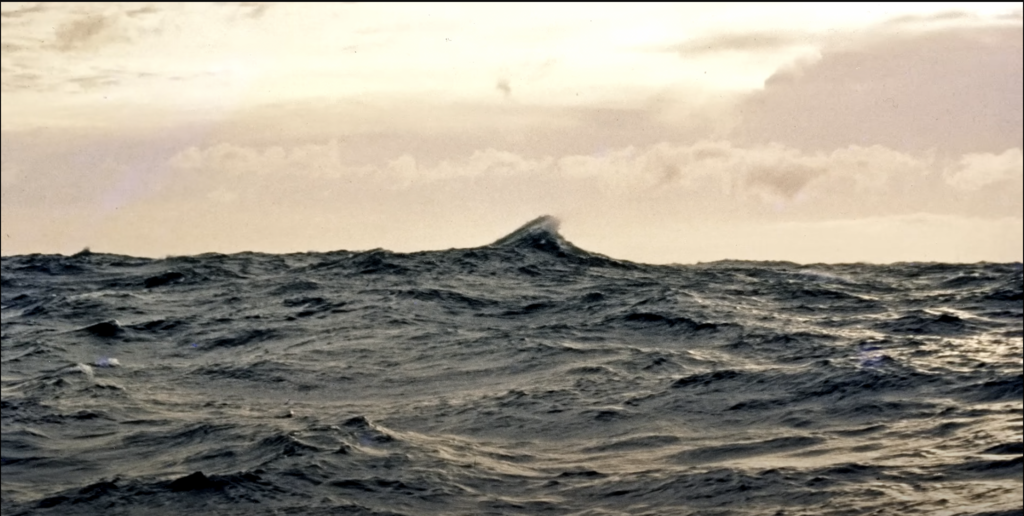
Modern maritime engineering has evolved in response. Organizations like the International Maritime Organization (IMO) and ship classification societies now account for rogue waves when designing and certifying vessels and offshore platforms. Extreme wave considerations are part of global safety protocols for oil rigs, ocean liners, and cargo ships—especially in volatile regions like the North Sea and Gulf of Mexico.
For the scientific community, the Bermuda Triangle serves as a case study in how statistical anomalies can appear supernatural to the untrained eye. But the truth is often more powerful than fiction. Research into rogue waves has accelerated thanks to public interest in phenomena like the Triangle—turning legend into a catalyst for legitimate scientific progress.
For the general public, there’s a sobering realization: Mother Nature remains more powerful and unpredictable than we often believe.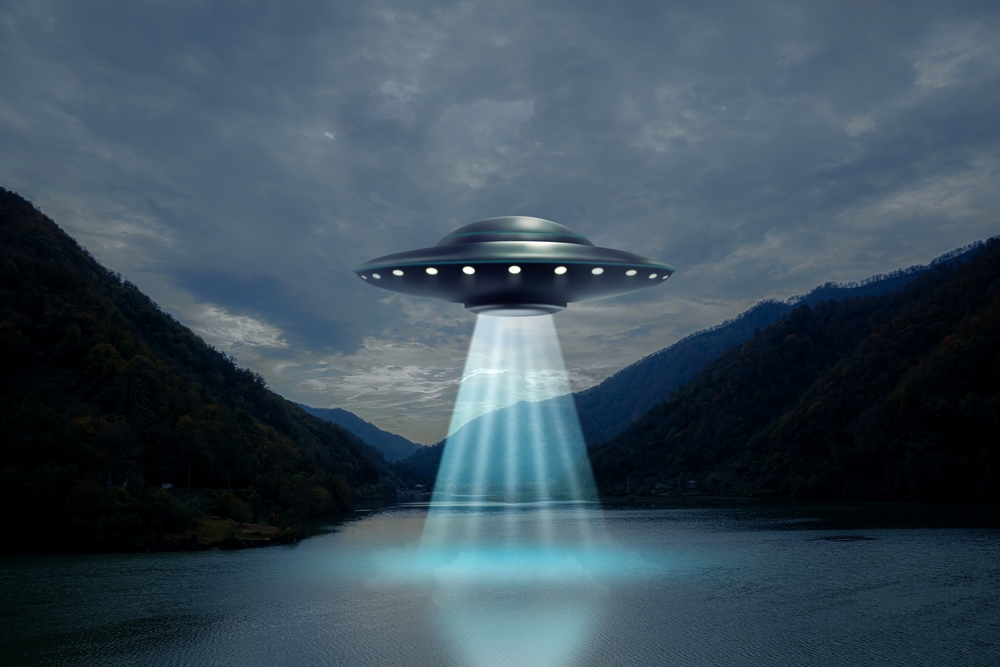
Scarier Than UFOs
For decades, the Bermuda Triangle has been a narrative playground for the fantastical—aliens, time warps, and ancient curses. But Dr. Boxall’s work reframes the mystery. It suggests that the real danger isn’t from another world but from our own: an unpredictable ocean, capable of generating towering walls of water that can erase a ship or aircraft in minutes.
Perhaps that’s the real terror: not that we don’t understand the sea, but that we do—and what we understand is more dangerous than anything imagined in fiction.
In the end, we don’t need to look to the stars for mystery. Sometimes, the most fearsome forces are already here on Earth—hidden just beneath the waves.
News in the same category

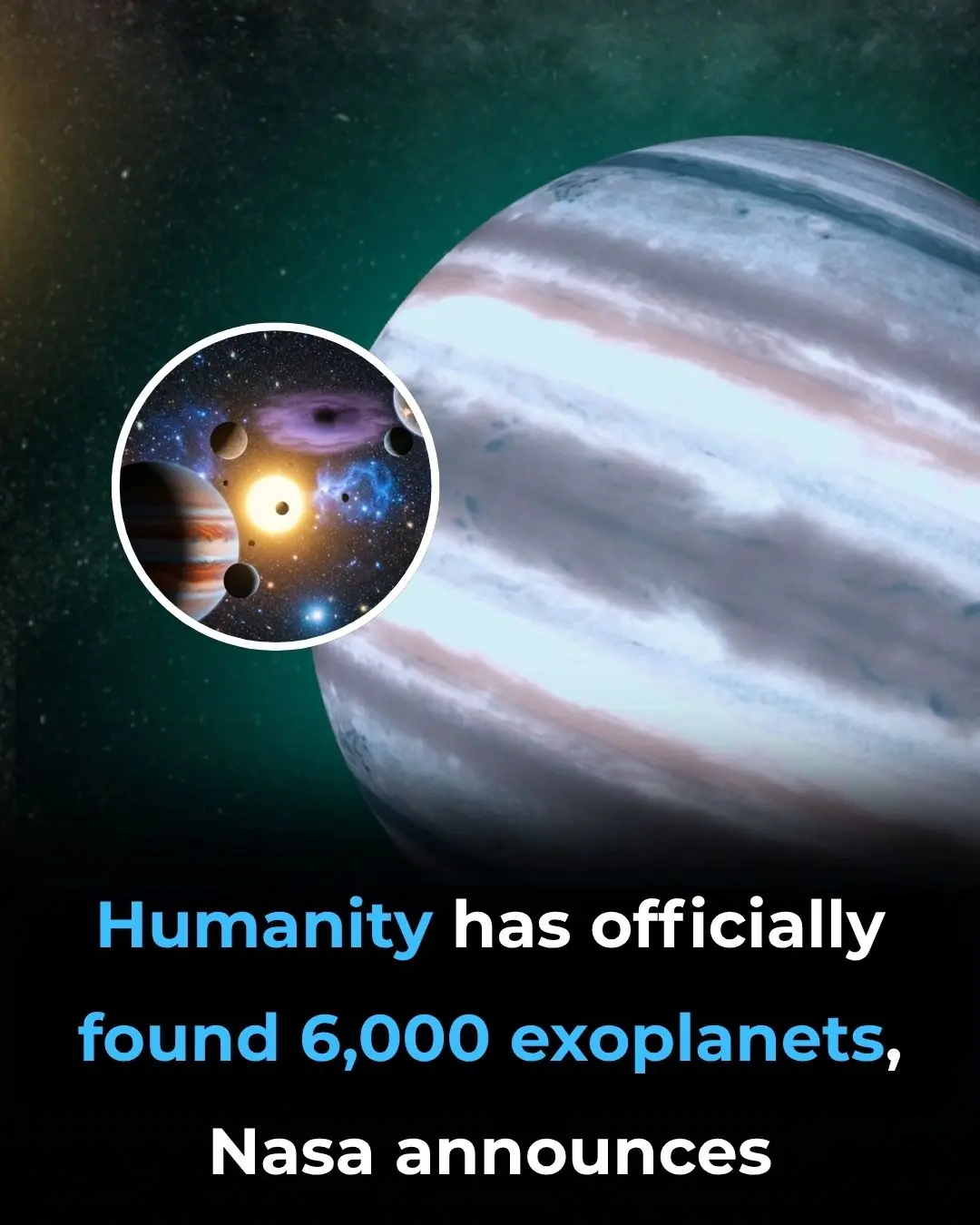
Humanity Has Officially Found 6,000 Exoplanets, NASA Announces
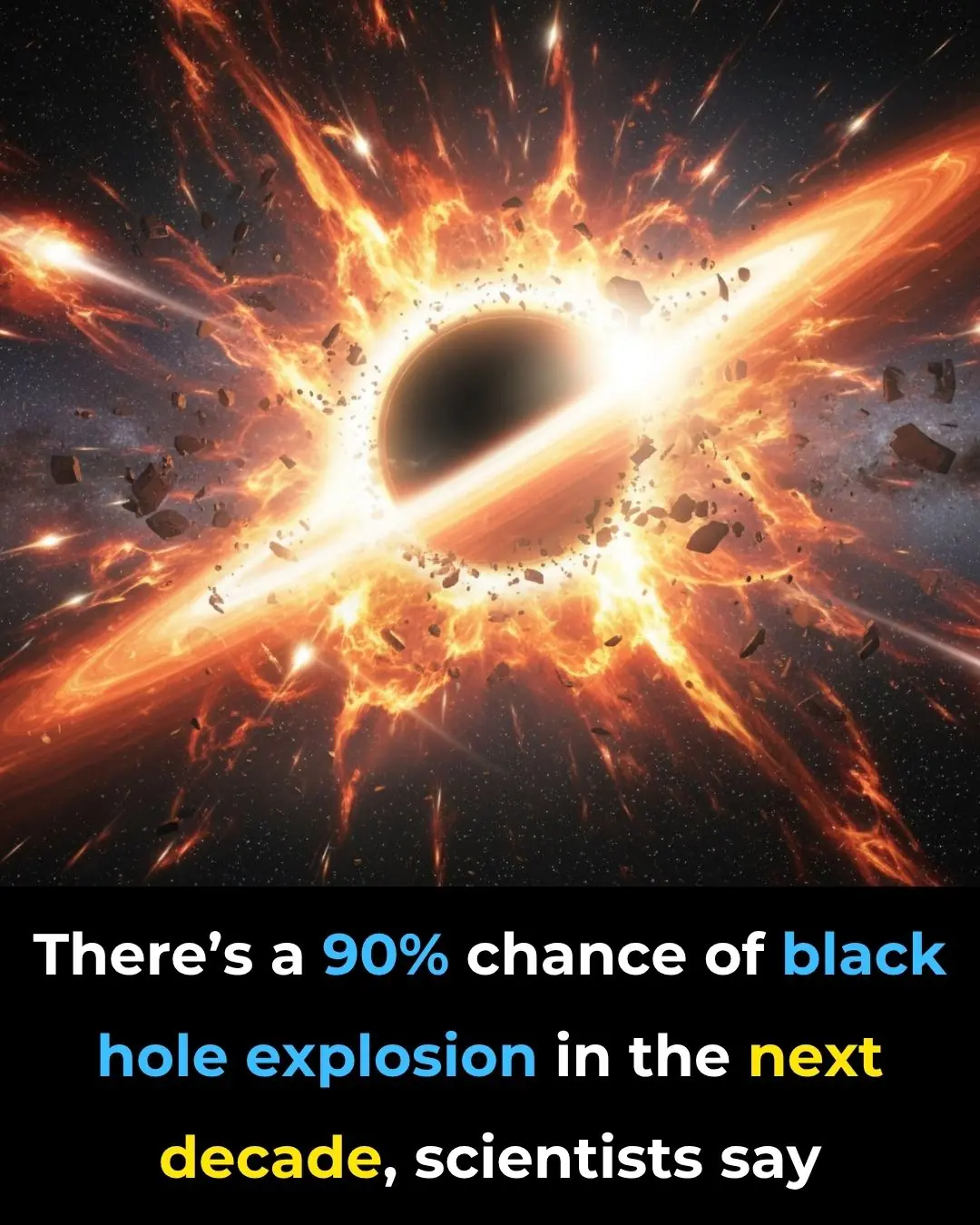
There’s A 90% Chance of Black Hole Explosion in the Next Decade, Scientists Say
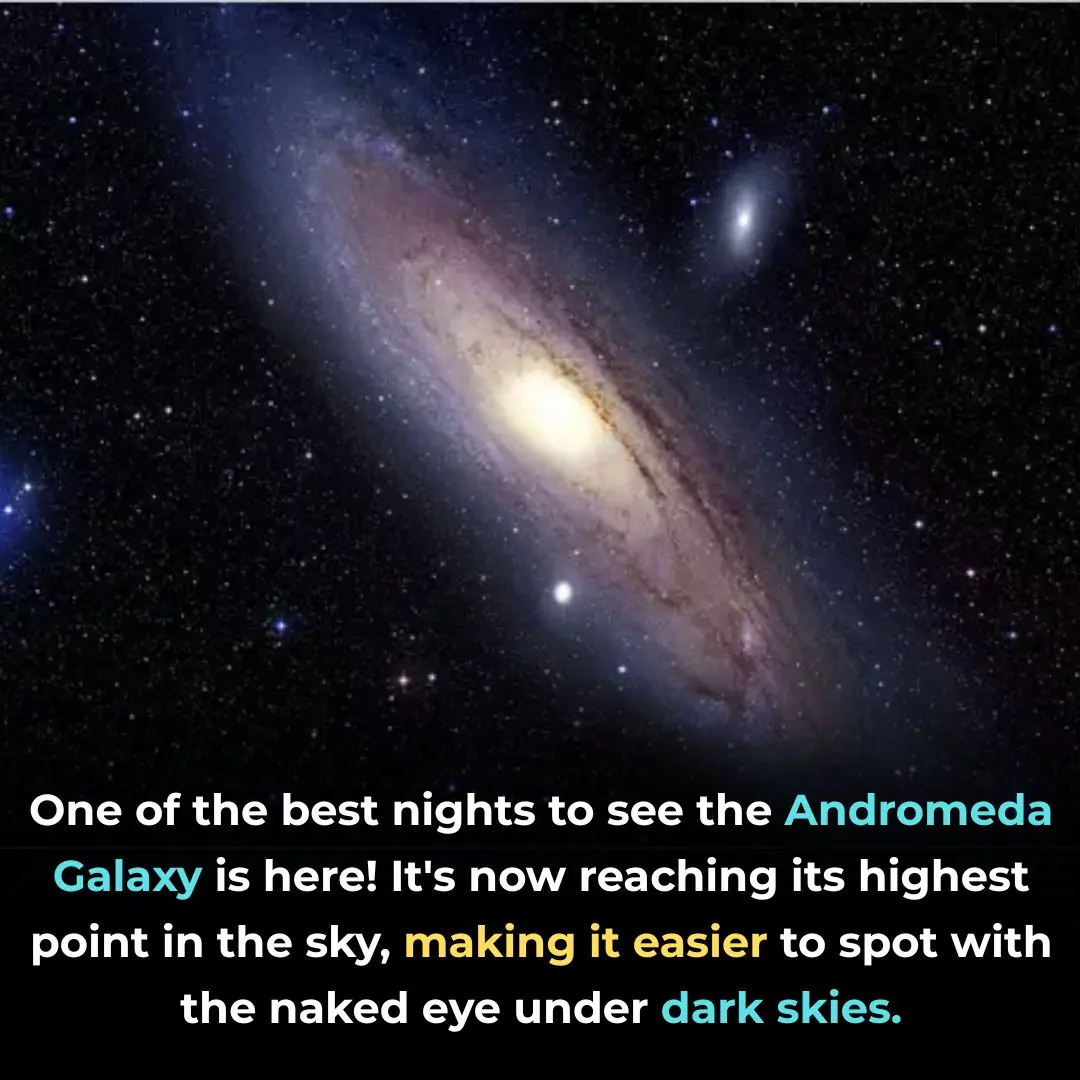
Prime views of the Andromeda Galaxy and Ceres—October 2
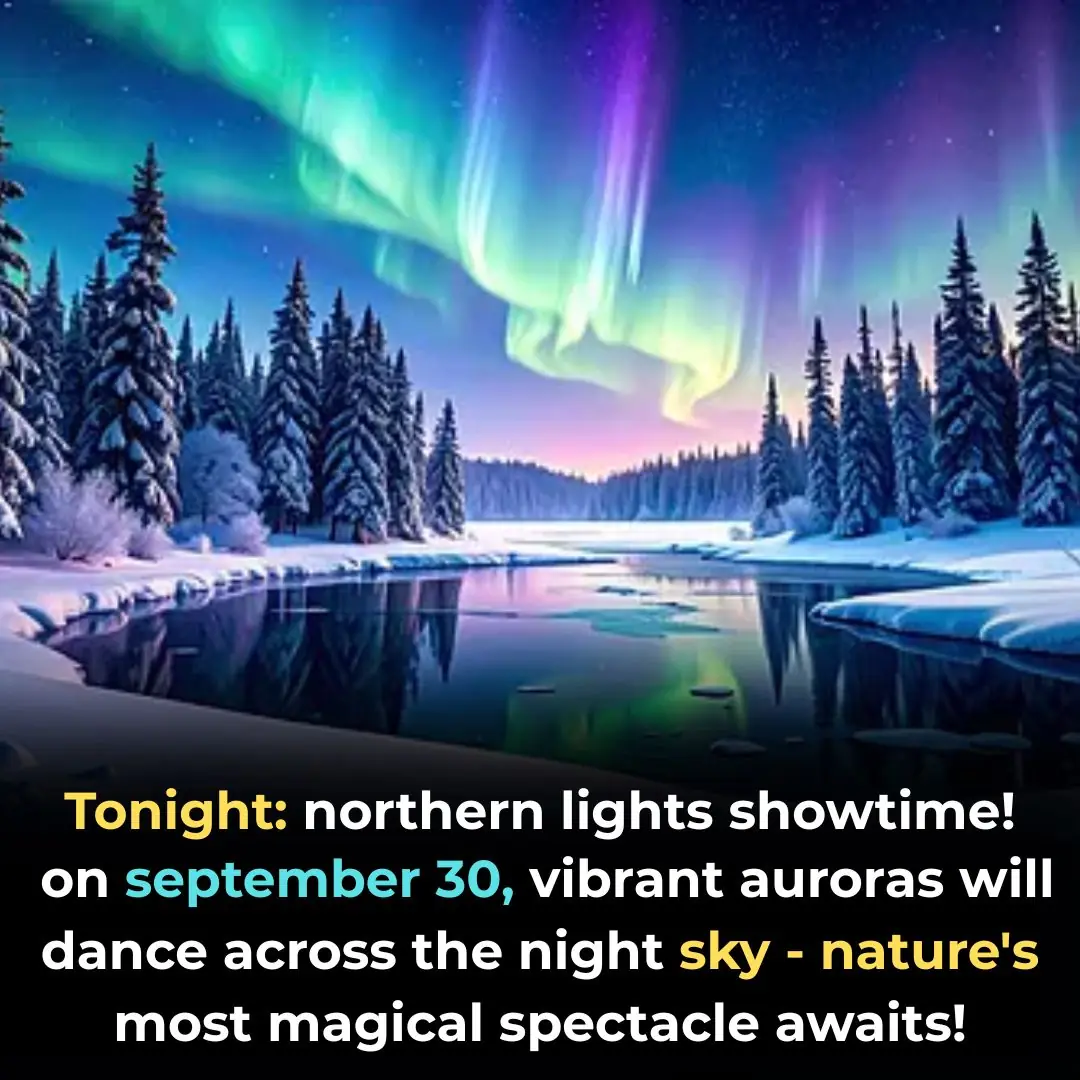
Northern Lights Could Be Seen in Northern U.S. — Sept 30 – Oct 1, 2025
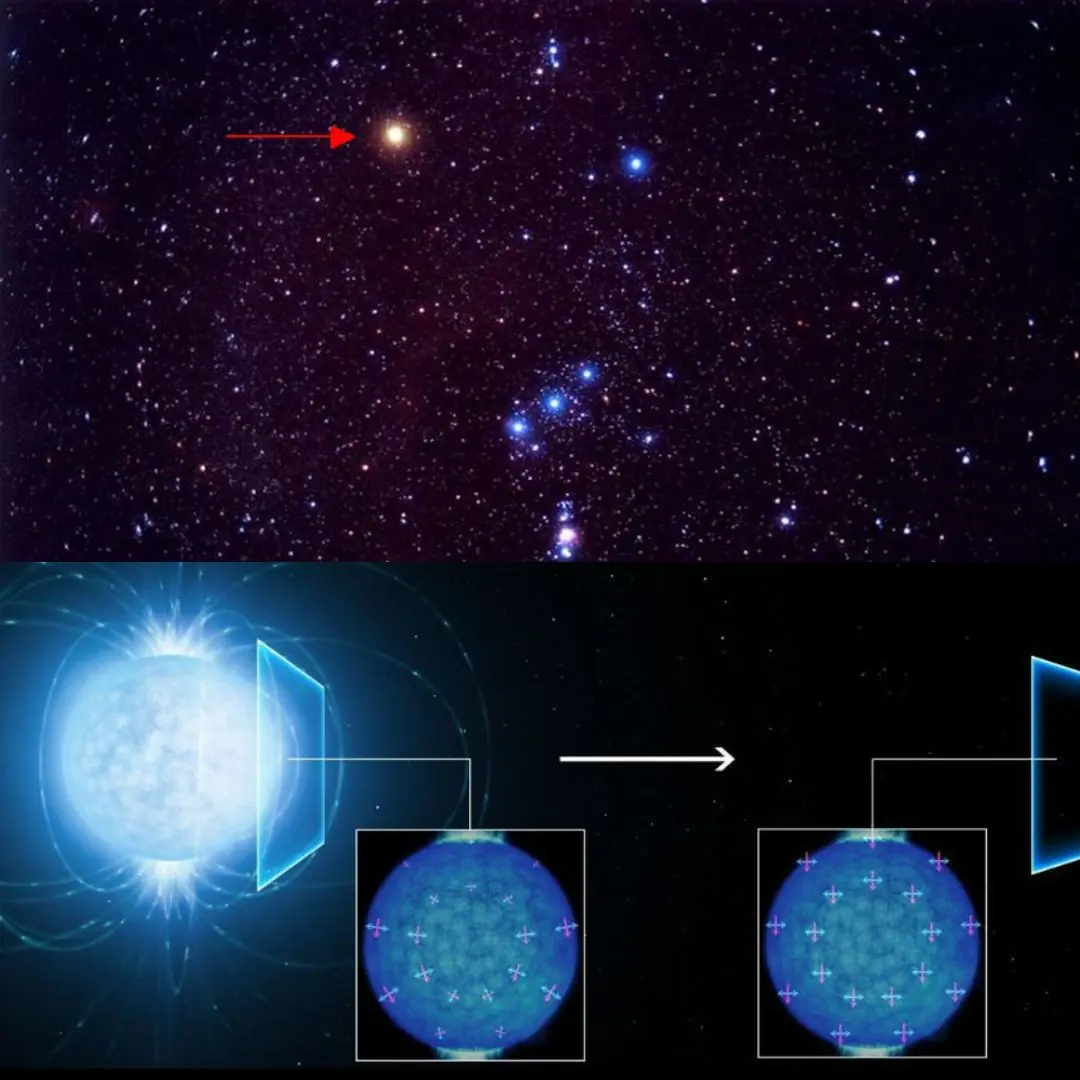
Alnitak, Alnilam, and Mintaka: Orion’s Belt Stars Thousands of Light-Years Away

Humanity Preserved: A 5D Crystal Holds 360 TB of Our Genome to Outlast Civilization

Researchers make groundbreaking discovery about ChatGPT after testing it with 2,400 year-old math problem

Why this city has introduced a screen time limit of 2 hours per day
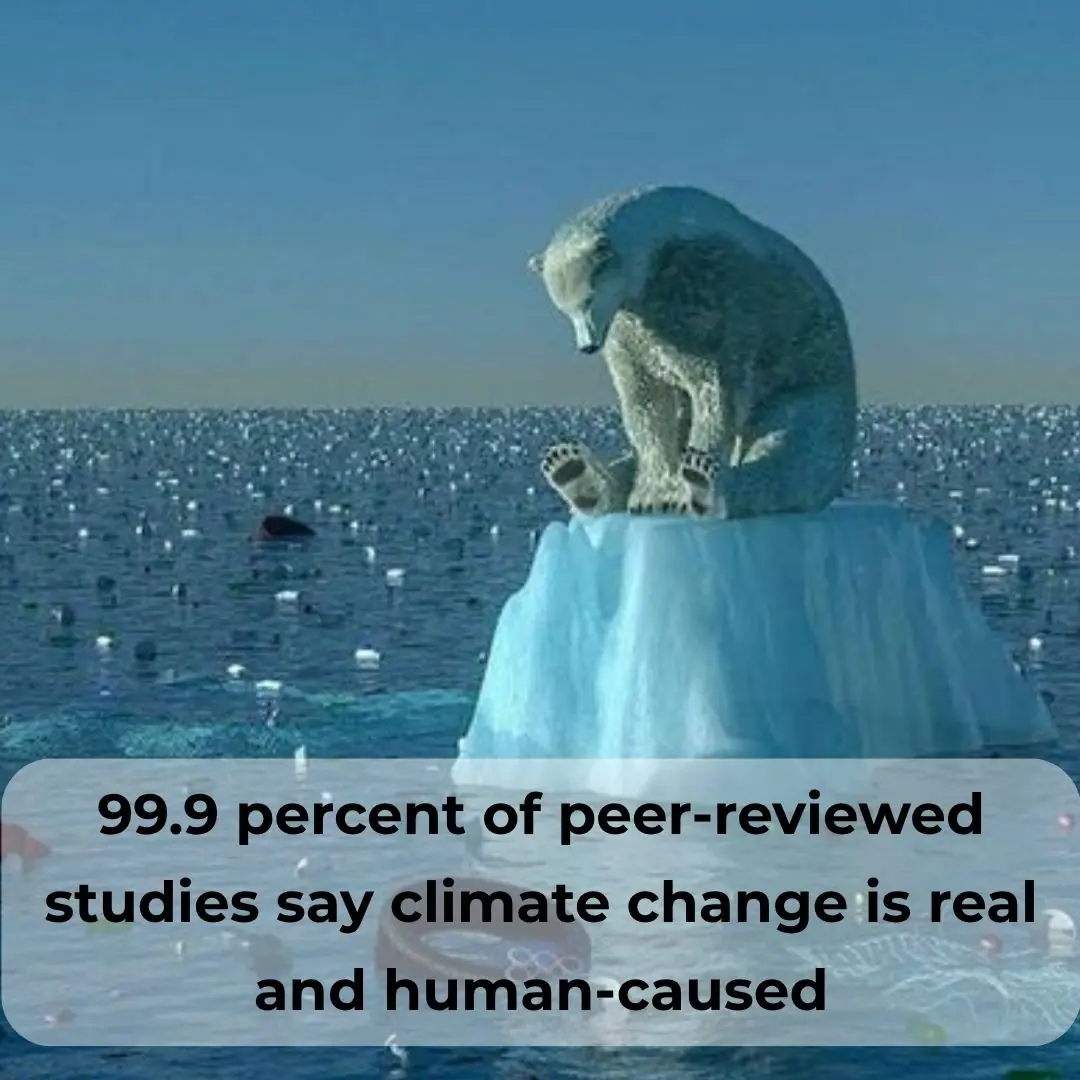
Over 99% of peer-reviewed studies confirm climate change is real and driven by humans

Passenger lands in hospital after humiliating TSA spat over stubborn jewelry

A Man Knocked Down His Basement Wall, Discovering Ancient Underground City That Housed 20,000 People
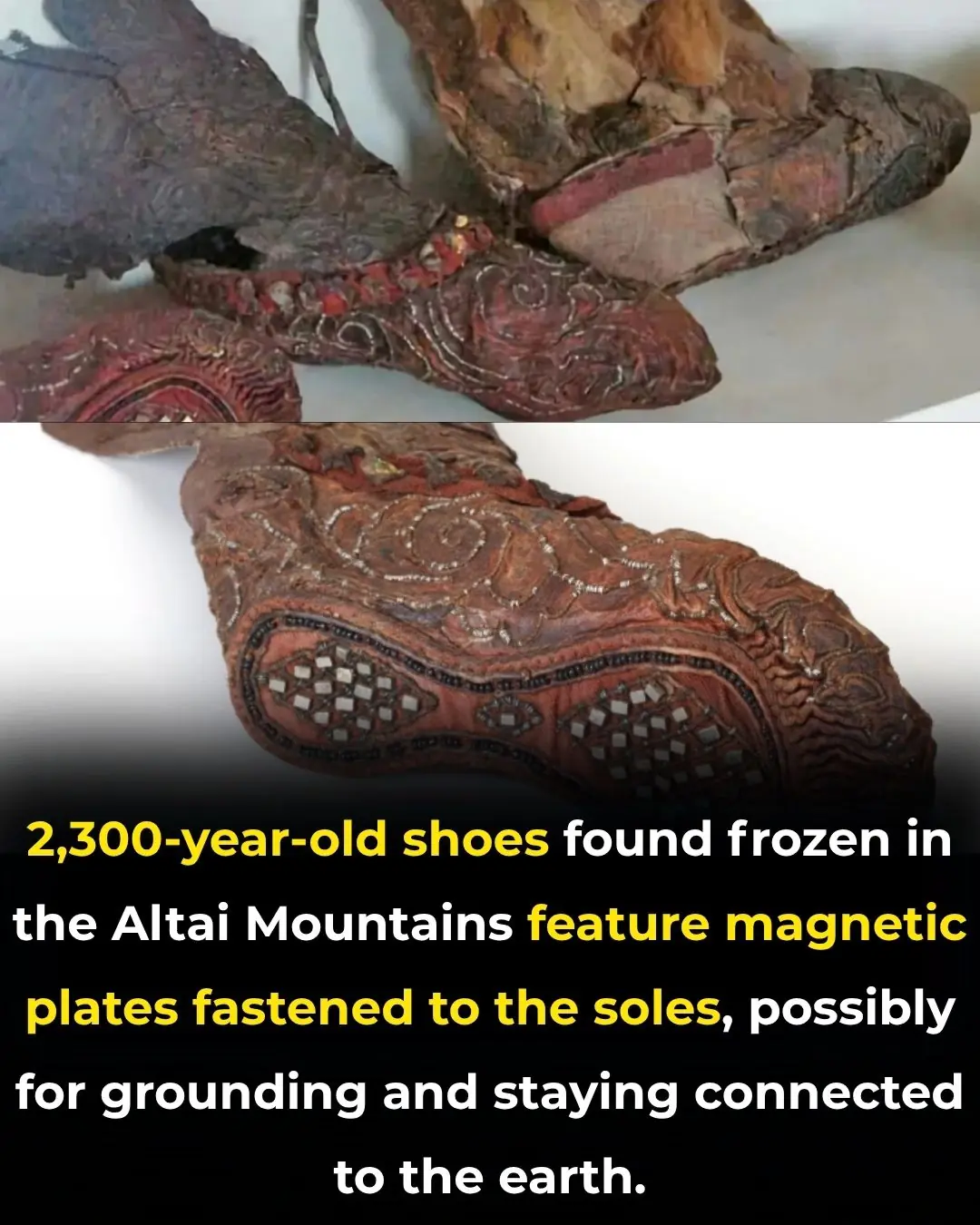
Magnificent 2300-Year-Old Scythian Woman’s Boot: A Timeless Fashion Statement
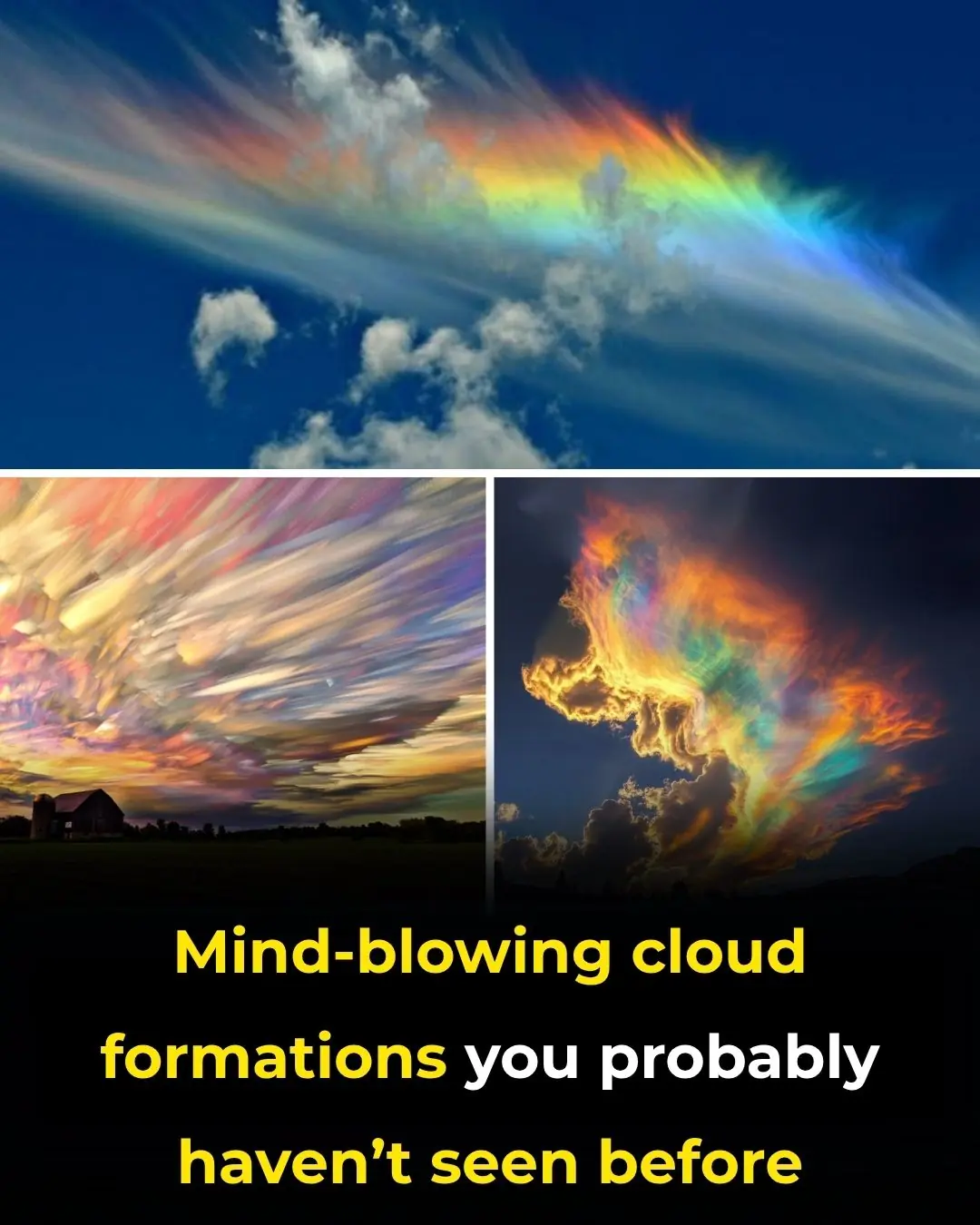
Mind-Blowing Cloud Formations You Probably Haven’t Seen Before
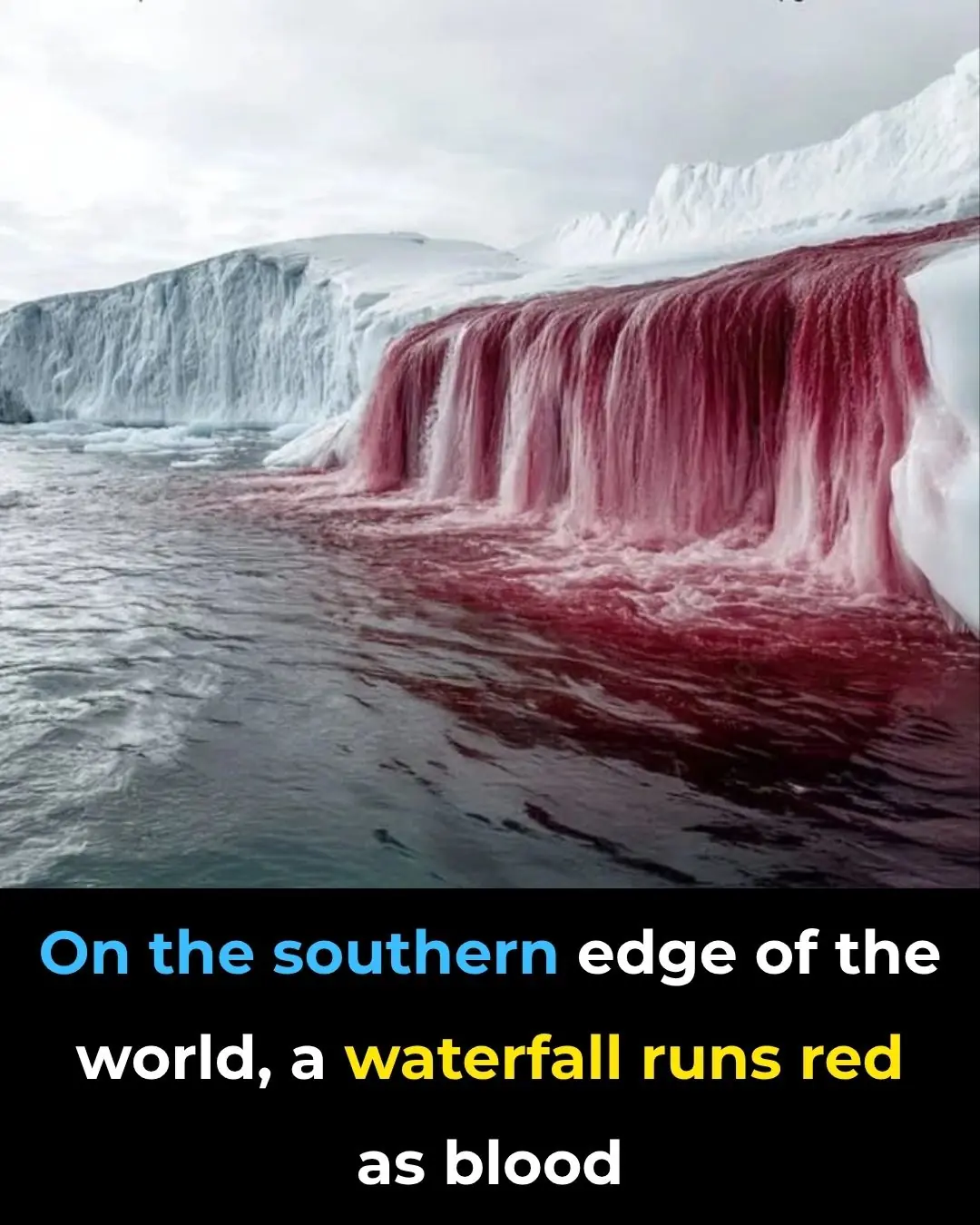
On the southern edge of the world, a waterfall runs red as blood

Rare reddish-orange snowy owl in Huron County captivates birdwatchers

Wildlife Crossings: A Vital Solution for Highway Safety and Biodiversity Conservation
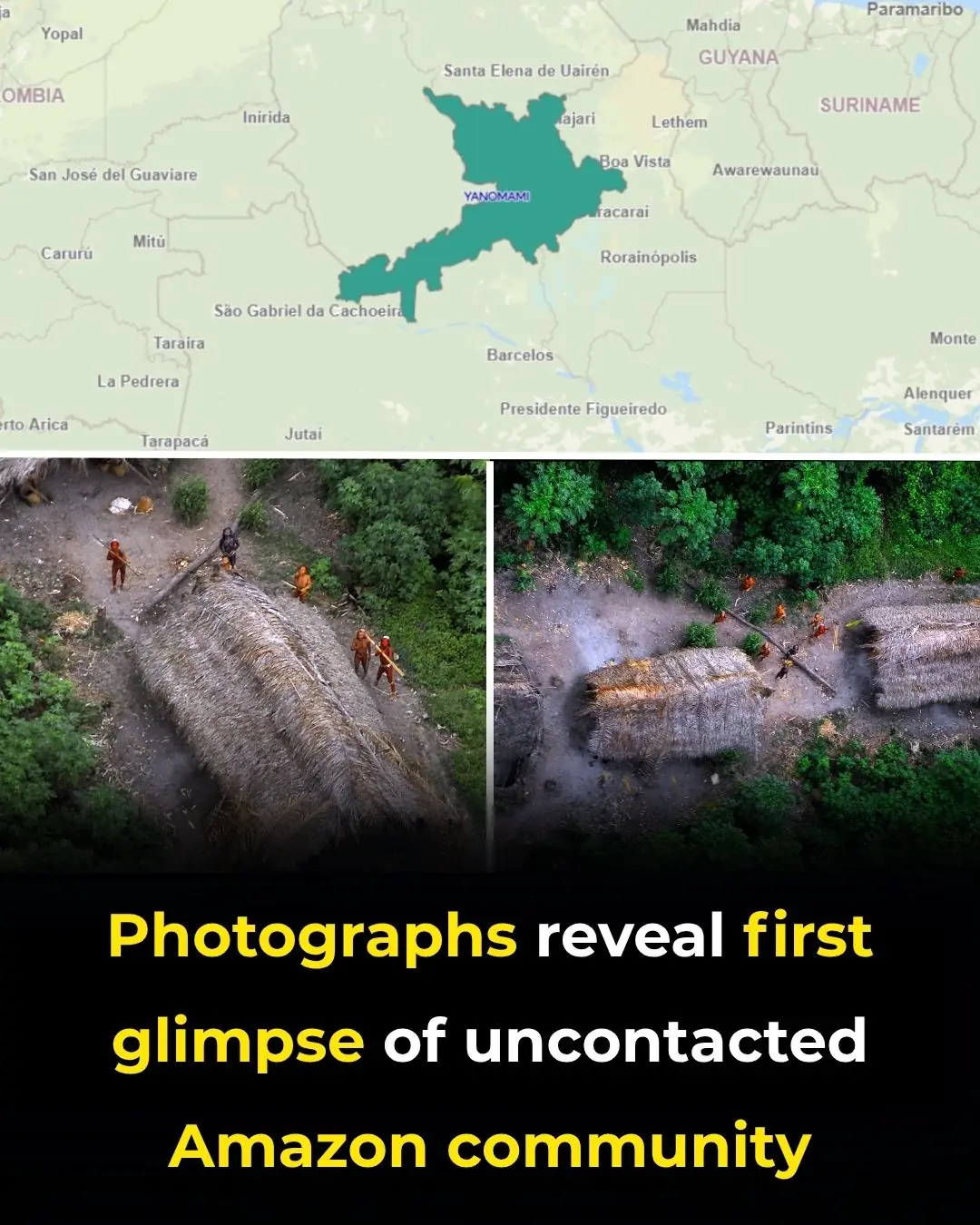
Photographs reveal first glimpse of uncontacted Amazon community

Floating Gardens on Parking Lot Roofs: Japan’s Green Revolution
News Post

Aloe Vera and Cinnamon Remedy: Natural Benefits for Eye Health, Immunity, and Healing

12 Powerful Benefits of Moringa Seeds

Goldenberries (Physalis peruviana): A Nutrient-Packed Powerhouse for Health and Vision

Oregano: The Golden Herb for Eye Health

Some of the Benefits of Castor Leaves and the Seed

10 Benefits and uses of purslane

Chanca Piedra (Stonebreaker): Benefits and Uses

Do you need to unplug the rice cooker after the rice is cooked: The surprising answer November 27, 2024

7 Benefits Of Papaya Seeds & How To Consume Them Correctly

Bougainvillea likes to 'eat' this the most, bury it at the base once and the flowers will bloom all over the branches

The elders say: "If you put these 3 things on top of the refrigerator, no matter how much wealth you have, it will all be gone." What are these 3 things?

Can rice left in a rice cooker overnight be eaten? Many people are surprised to know the answer.

After boiling the chicken, do not take it out immediately onto a plate. Do one more thing to make sure the chicken is crispy, the meat is firm, and the skin does not fall apart when cut.

Cut this fruit into small pieces and put it in the pot to boil the duck: The bad smell is gone, the meat is fragrant, soft and flavorful.

Warts on Hands: Causes and Effective Natural Treatments

Medicinal Health Benefits of Turmeric, Curcumin and Turmeric Tea Based on Science

4 ways to preserve green onions for a whole month without spoiling, fresh as new

The best way to lower blood pressure fast!

9 Habits You Need To Adopt Today To Stop Alzheimer’s or Dementia Before It Starts
